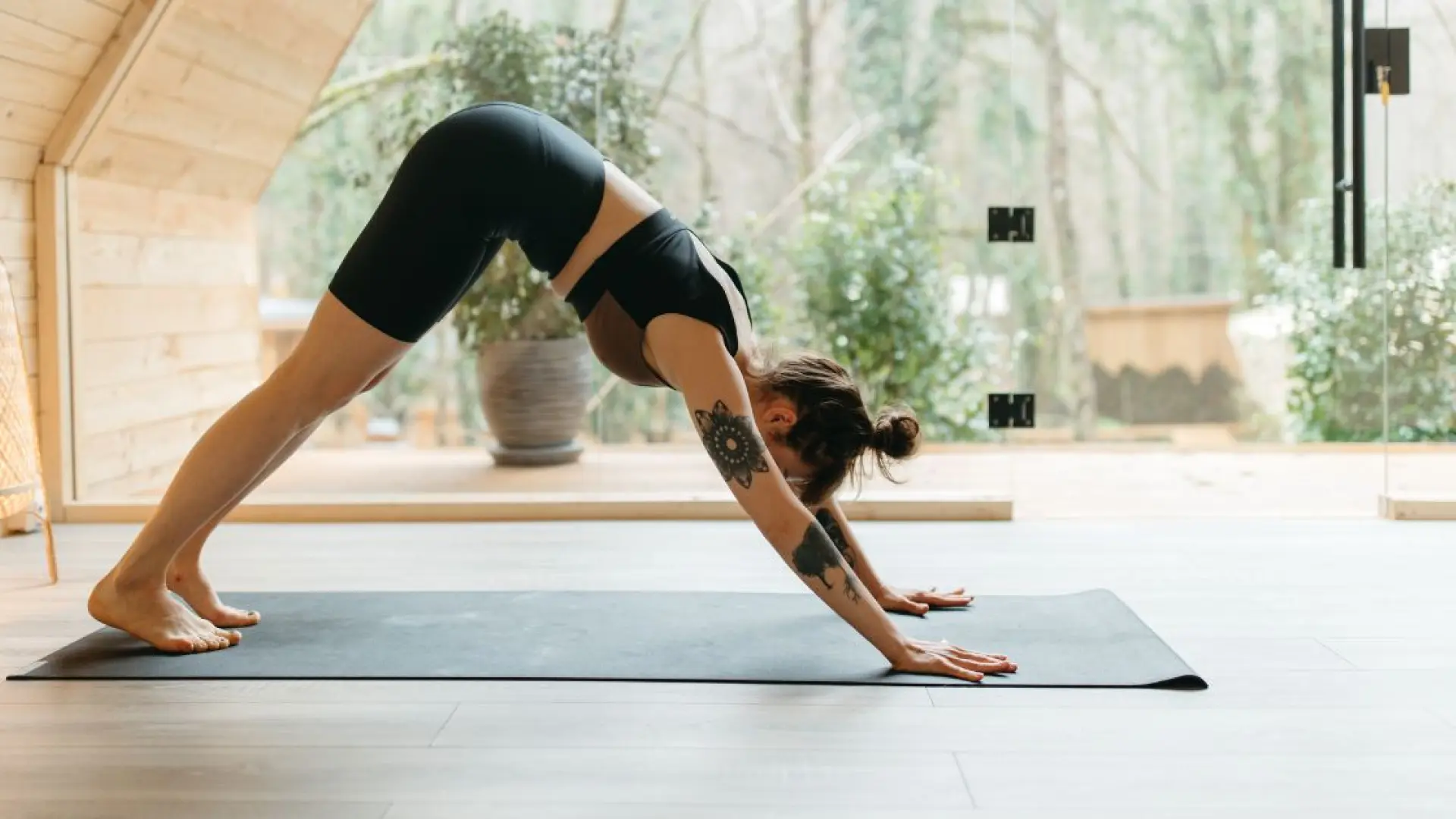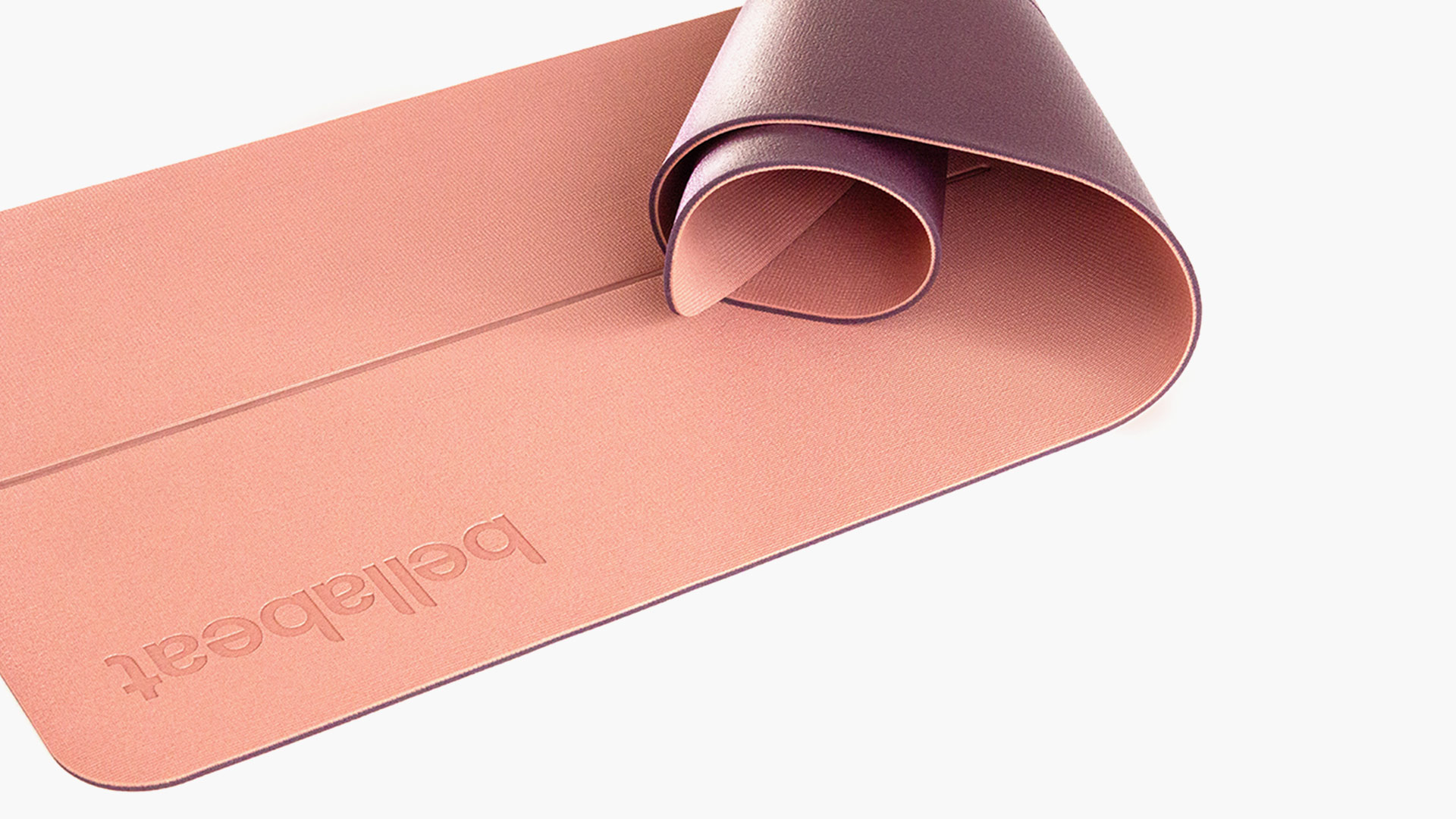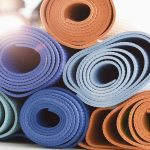I. Introduction
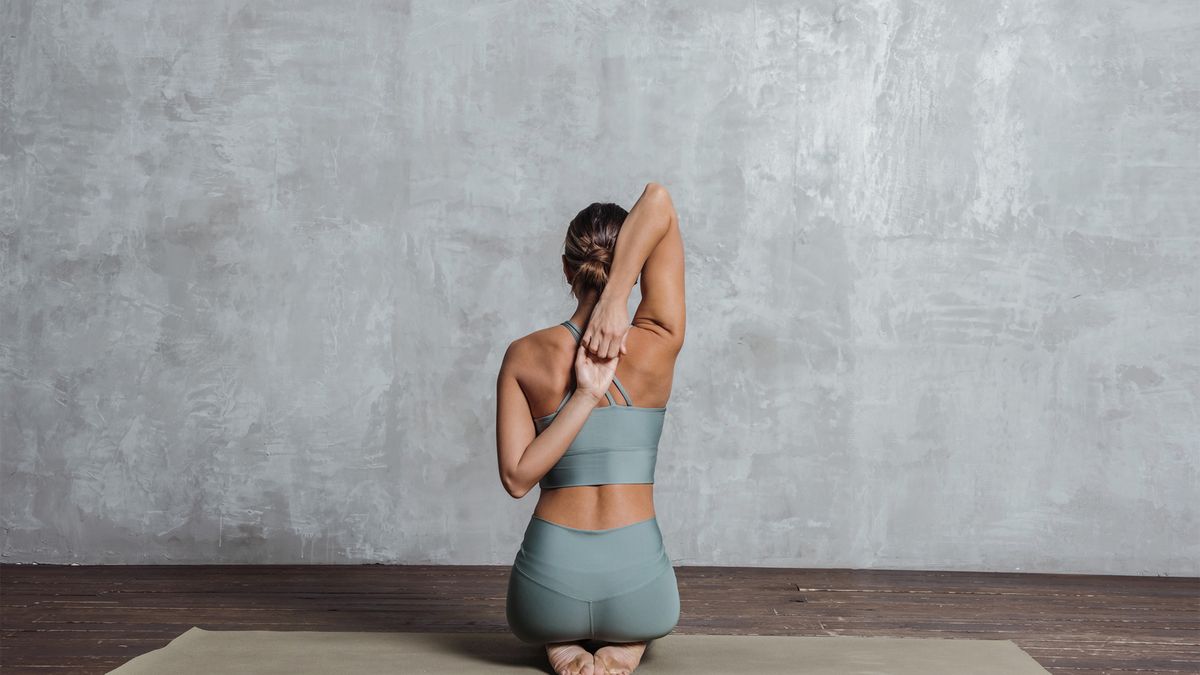
A. Importance of choosing the right mat
Choosing the right mat is essential for a successful Pilates or yoga practice. The mat provides a comfortable and supportive surface for various exercises and poses. It helps to enhance stability, prevent injuries, and improve overall performance. Therefore, understanding the key characteristics of Pilates and yoga mats will enable practitioners to make an informed decision when selecting their mat.
B. Overview of Pilates mat and Yoga mat
Pilates mat and yoga mat are both specialized mats designed for different types of exercises. While Pilates exercises focus on core strength, flexibility, and overall body conditioning, yoga exercises mainly emphasize balance, flexibility, and mindfulness. Therefore, the mats suitable for these practices have distinct characteristics that cater to the specific needs of each activity.
II. Key Characteristics of Pilates Mat
A. Thickness and Density
Pilates mats are typically thicker and denser compared to yoga mats. The thickness provides extra cushioning and support for the spine and joints during Pilates exercises, which often involve dynamic movements and frequent transitions between positions. The density helps to maintain stability and balance during challenging Pilates movements.
B. Material
Pilates mats are commonly made of PVC (Polyvinyl Chloride) or TPE (Thermoplastic Elastomer) materials. These materials are known for their durability and resistance to wear and tear. PVC mats offer excellent grip and nonslip surface, while TPE mats are more environmentally friendly and are free from harmful chemicals.
C. Grip and Traction
An essential characteristic of a Pilates mat is its grip and traction. As Pilates exercises involve various movements, including sliding, rolling, and jumping, it is crucial to have a mat that provides a secure grip to prevent slipping and sliding. Many Pilates mats have a nonslip surface or textured patterns to enhance traction and grip.
III. Key Characteristics of Yoga Mat
A. Thickness and Density
Yoga mats are generally thinner and less dense compared to Pilates mats. The thinner profile of yoga mats allows for greater stability and connection with the ground, which is necessary for maintaining balance during yoga poses. The density of yoga mats varies, but they are typically less dense than Pilates mats to allow for greater flexibility and movement.
B. Material
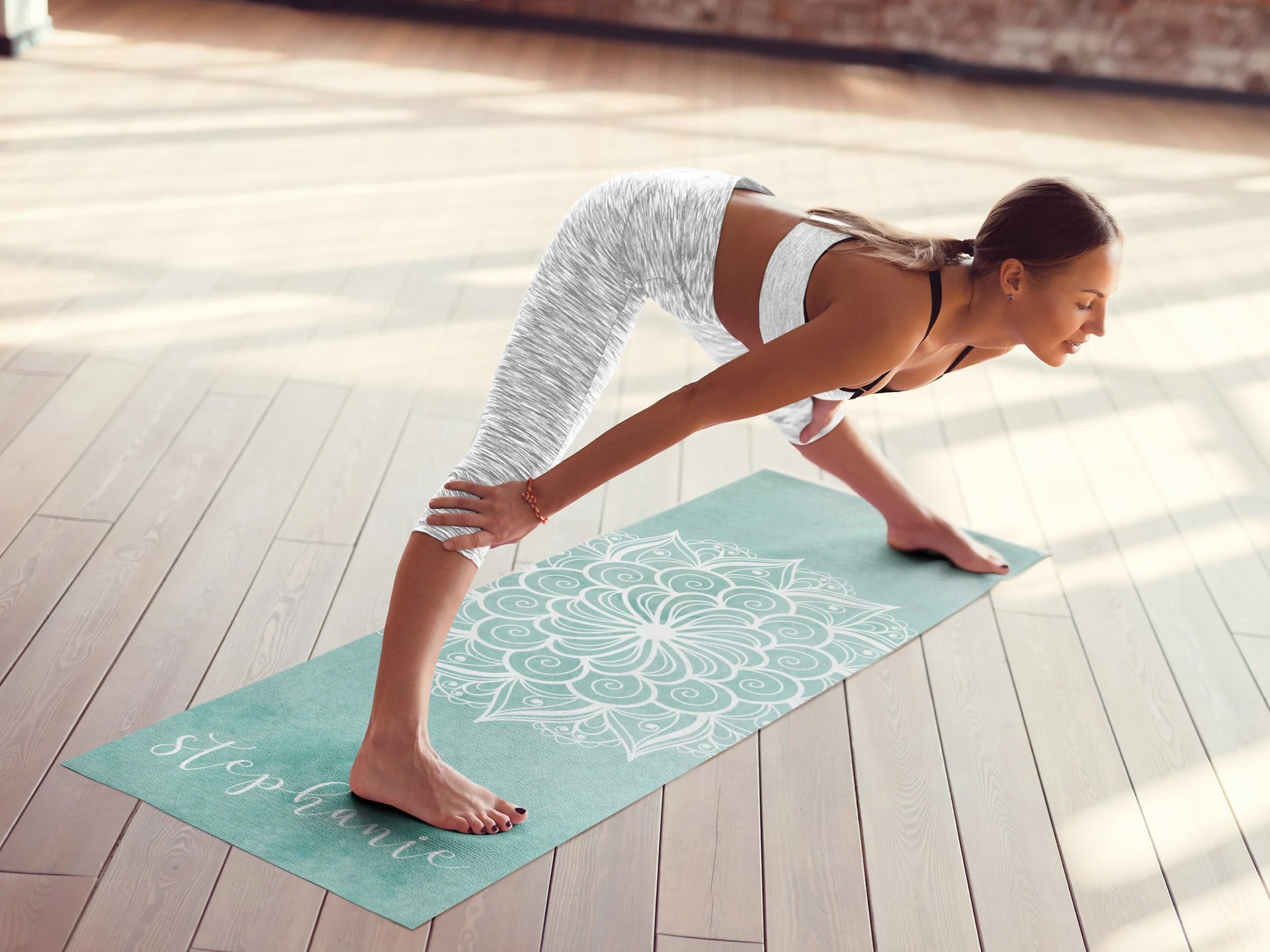
Yoga mats are available in various materials, including natural rubber, PVC, TPE, and cork. Natural rubber mats offer excellent grip and are environmentally friendly. PVC mats are durable and provide good cushioning. TPE mats are lightweight and non-toxic. Cork mats are antimicrobial, providing a natural and sustainable option.
C. Grip and Traction
The grip and traction of a yoga mat are crucial for maintaining stability and preventing injuries during yoga poses. Many yoga mats have a textured or sticky surface that enhances grip and prevents sliding. Some mats also become more grippy when wet to accommodate sweaty yoga sessions.
IV. Similarities Between Pilates Mat and Yoga Mat
A. Portability and Durability
Both Pilates mats and yoga mats are designed to be portable and durable. They are lightweight and can be easily rolled up or folded for storage or travel. The materials used in these mats are selected for their durability, ensuring they can withstand frequent use and retain their shape and quality over time.
B. Size and Dimensions
Pilates mats and yoga mats are generally available in similar sizes and dimensions. They are typically longer and wider than a standard exercise mat to provide ample space for movement and poses. The standard dimensions for both mats are around 68-72 inches in length and 24-26 inches in width.
C. Maintenance and Care
Both Pilates mats and yoga mats require regular cleaning and care to maintain hygiene and extend their lifespan. They can be easily cleaned with mild soap and water or a mat-specific cleaner. It is important to follow the manufacturer’s instructions for proper maintenance, such as avoiding direct sunlight or extreme temperatures.
V. Differences Between Pilates Mat and Yoga Mat
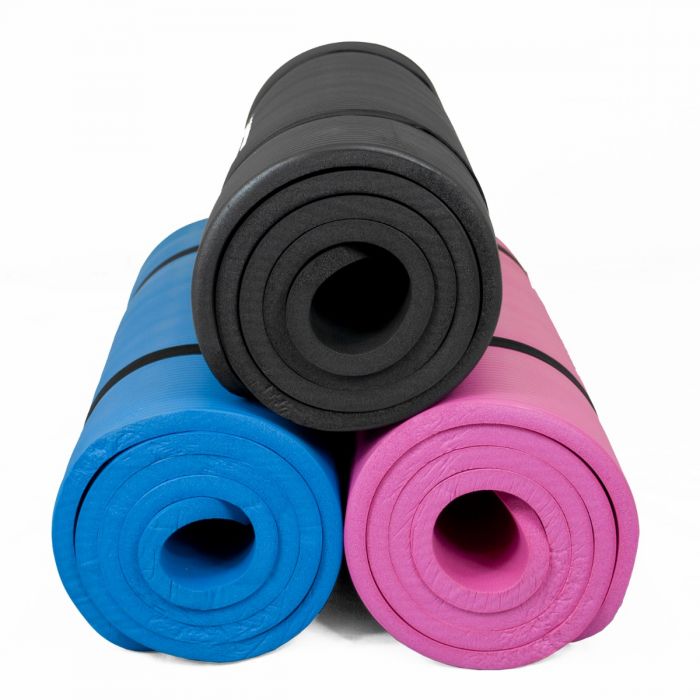
A. Purpose and Functionality
- Pilates Mat a. Focus on core strength and flexibility: Pilates exercises target the muscles in the core, aiming to improve strength, stability, and flexibility. b. Additional padding and support: Pilates mats are thicker and offer more cushioning to support the spine and joints during exercises.
- Yoga Mat a. Focus on balance, stability, and flexibility: Yoga practices emphasize balance, stability, and flexibility through a series of poses and movements. b. Thinner for better connection to the ground: Yoga mats are thinner to provide a better connection to the floor, enabling practitioners to maintain balance and stability.
B. Exercises and Techniques
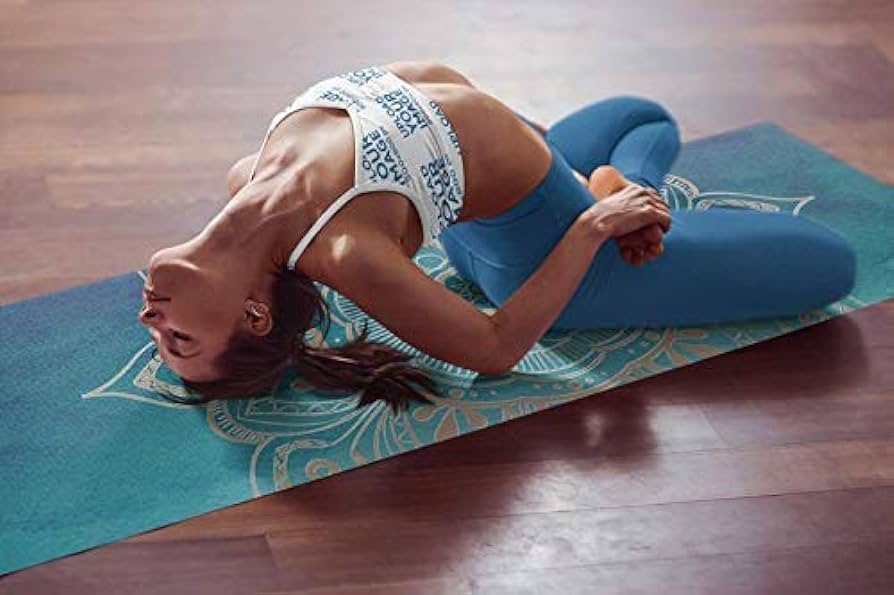
- Pilates Mat a. Emphasizes controlled movements and precise alignment: Pilates exercises focus on controlled movements with proper alignment to engage specific muscles effectively. b. Incorporates equipment-free exercises: Pilates mat exercises primarily rely on bodyweight and controlled movements, requiring little to no equipment.
- Yoga Mat a. Involves various types of poses and stretches: Yoga practices involve a wide range of poses (asanas) and stretches that target different muscle groups and promote flexibility. b. May use props like blocks or belts: Some yoga practices may incorporate the use of props like blocks, belts, or bolsters to assist in achieving proper alignment and deeper stretches.
C. Grip and Traction
- Pilates Mat a. Often have a grippy surface for traction: Pilates mats are designed with a grippy surface to prevent slipping and sliding during exercises. b. Designed for barefoot or grip-socked practice: Pilates exercises are typically performed barefoot or with grip socks, and the mat’s surface offers adequate grip for these practices.
- Yoga Mat a. Provides grip and traction for hands and feet: Yoga mats are designed to provide grip and traction for practitioners, preventing hands and feet from slipping during poses and movements. b. Accommodates diverse types of yoga practices: Yoga mats are versatile and suitable for various styles of yoga, ranging from gentle Hatha yoga to vigorous Ashtanga yoga.
Understanding the differences between Pilates mats and yoga mats allows practitioners to choose the appropriate mat for their preferred exercise or practice. The next section will explore the various factors to consider when selecting a mat, including personal preferences, materials, and additional features. Stay tuned for valuable tips to help you make an informed decision.
